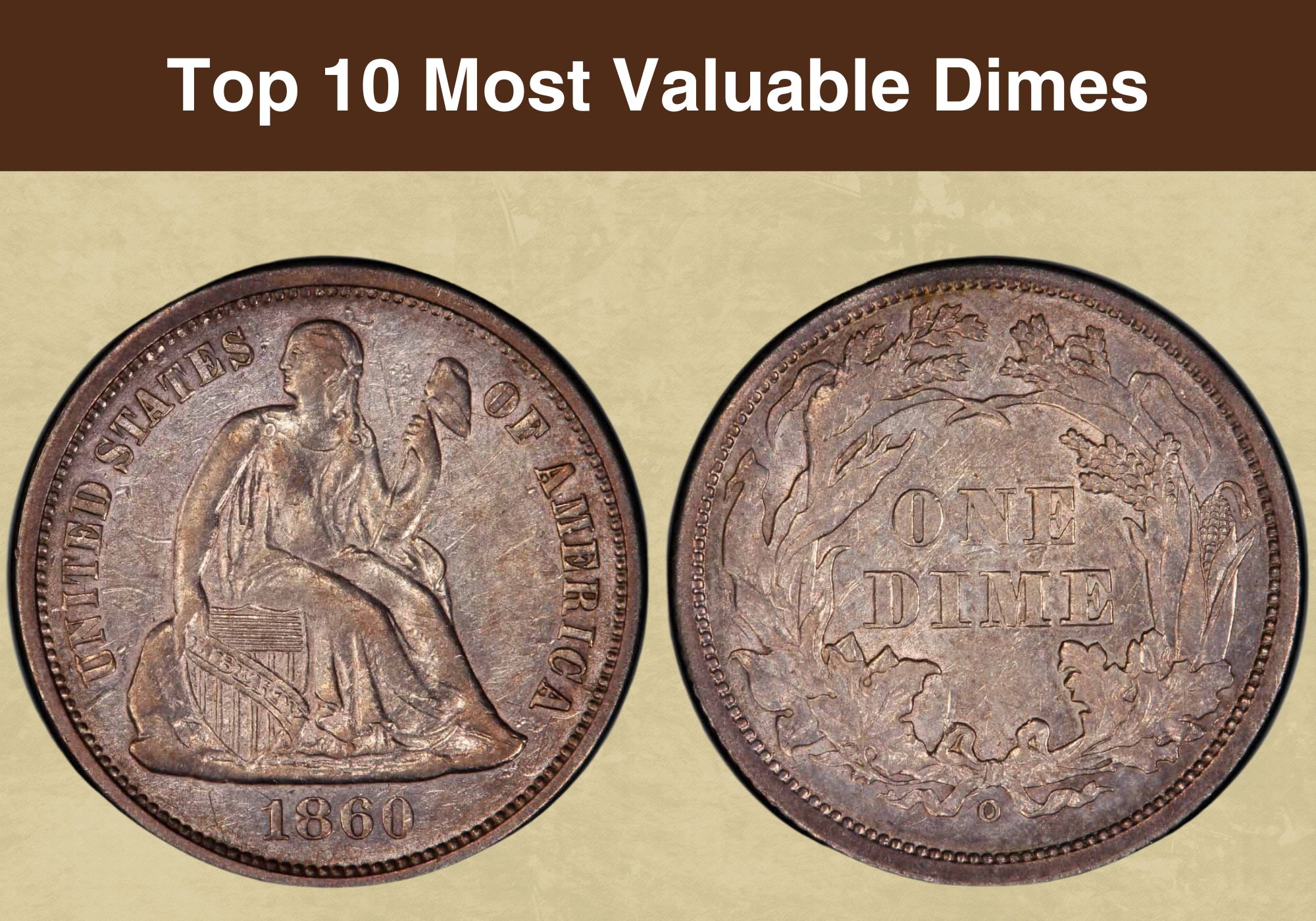
When you think of valuable coins, dimes might not be the first denomination to cross your mind. After all, the humble ten-cent piece is even used as slang meaning “not much money”.
But some dimes can be very expensive indeed. So what makes collectors willing to spend the big bucks to acquire them?
That’s what we’re going to find out, as we search for the most valuable dime ever sold! So if you’re ready to learn more, step this way…
lists of Most Valuable Dime Coin Worth Money
1. 1860-O Seated Liberty Dime, MS67
The dime issued in 1860 had the lowest mintage of any New Orleans dime, at just 40,000 coins. Today, it’s estimated that only 400 remain across all grades.
An example in the poorest condition, graded 2, is valued by the PCGS at an impressive $700. That rises to four figures for a dime graded 4, and to five figures for an “about uncirculated” example graded 50.
But mint state coins – those that have never been circulated – are rarer and more valuable still. In fact, there are auction records for only two examples, one graded MS64 and the other MS67.
The latter was last offered for sale in August 2022, only the third time in almost thirty years. It fetched an impressive $192,000. The PCGS estimates its value today higher still, at $225,000.
Check 1860 Dime History, Variety Price Chart & Errors List
2. 1843-O Seated Liberty Dime, MS66
The dimes issued between 1837 and 1891 carry the image of a seated Lady Liberty on their obverse. And it’s for that reason that they’re referred to as “Seated Liberty” or “Liberty seated” dimes.
In 1843, the New Orleans mint facility produced far fewer dimes than it had in previous years. The mintage dropped from 2 million in 1842 to just 150,000. And it stayed low for the rest of the decade.
Today, only around 200 1843-O dimes are believed to survive, the vast majority in circulated grades. Their rarity makes them very popular with collectors, but it’s possible to pick up a coin in the poorest condition, graded 2, for around $200.
Mint state coins, however, are a different mattetr. Only four are known to exist, with the finest a sole coin graded MS66.
That dime was last offered for sale in 1996, when it sold for $29,700. Today, the independent coin graders the PCGS estimate its value at upwards of $250,000.
Check 1843 Dime History, Variety Price Chart & Errors List
3. 1916-D Mercury Dime Full Band, MS67
The dime minted in 1916 is one of the series known as “Mercury dimes”. Their name comes from the image of the winged messenger which appears on the obverse of the coins.
The Mercury dime that was struck in Denver in 1916 is legendary amongst coin collectors. That’s because it’s exceptionally rare.
Only about 264,000 were minted. That compares to over 22 million dimes minted that year in Philadelphia, and over 10 million minted in San Francisco. And of those 264,000 Denver dimes, only 600 or so are believed to survive today, in any condition.
Some believe the reason so few dimes were minted in Denver that year was because the facility’s resources were needed for other coins. Production of dimes, the theory goes, was halted in order to allow staff to focus on minting quarters.
Most of the surviving Denver dimes are very well struck. The vast majority of survivors in mint state have the “Full band” designation. This refers to the design on the reverse of the coin.
That shows a fasces, a device carried by Roman law officers. It looks like a bundle of sticks with bands tying them together at the top, bottom, and middle.
The “Full band” designation refers to the middle set of bands. To be designated, the coin must show complete separation between those bands. The line must be solid and complete, and there must be no nicks, gouges or scratches interrupting it.
The 1916 Denver dime is a valuable coin, even in the poorest condition. Examples at the lowest grades make well over $1,000.
And those in the best condition make much more. The auction record is held by a coin graded MS67, one of nine examples known to exist at that level. One of these was last offered for sale in 2010, when it realized a price of $207,000.
But the finest example of all is a single specimen graded MS67+. The PCGS places its value today at $275,000.
Check 1916 Dime History, Variety Price Chart & Errors List
4. 1797 Draped Bust Dime, 16 Stars, MS66
Between 1796 and 1807, dimes carried an image of Lady Liberty wearing a dress with drapery around the neckline. The design earned them the name of “Draped bust dimes”.
The dimes struck in 1797 come in two distinct varieties, distinguished by the number of stars on the obverse. These appear around the edge of the design, on either side of the word “Liberty”.
The first dimes had 16 stars, and all were struck from the same die. Later that year, the number of stars was reduced to 13, mirroring the number of states in the union at that time.
As new states joined, Mint officials agreed to keep the number of stars at 13. They feared they would quickly run out of space if they continued to try to reflect the growing union!
Because a single die was used for all the 1797 dimes with 16 stars, it quickly became worn. Coins struck later in its life show signs of a crack beginning at the top of the date, gradually becoming more and more serious.
Finding coins in mint state is a very challenging business – only a handful exist. The finest known example is a single coin graded MS66. That was last offered for sale in 2015, when it made $199,750. Today, the PCGS places its value at $275,000.
Check 1797 Dime History, Variety Price Chart & Errors List
5. 1797 Draped Bust Dime, 13 Stars, MS65
The second variety of the 1797 Draped bust dime is also worth serious money to collectors. This one has 13 stars around the image of Liberty on the obverse of the coin.
It’s extremely rare. Of the 25,261 dimes minted in Philadelphia that year, only around 50 of the 13 stars variant survive. And only five of those coins are in mint condition.
The PCGS values an example graded 1 at $2,500. That’s for a coin which is barely able to be identified, with just enough detail remaining to show the year and denomination. Values rise to $10,000 for a coin graded 20, and $20,000 for a coin graded 45.
The finest example to have been graded by the PCGS is a single coin at MS66. That last changed hands in 1999, selling for $46,000.
It’s a fair bet that it would be worth far more today. The auction record was set back in 2006 for a coin graded MS65. It was the last time that coin was offered for sale, and it made $402,500.
Check 1797 Dime History, Variety Price Chart & Errors List
6. 1975 No S Roosevelt Dime, Proof, PR68
Dimes don’t need to be very old to be worth serious money. The dime minted in 1975 is one of the series known as Roosevelt dimes, still in production today. They get their name from the image of the former president which appears on their obverse.
Proof dimes are struck for collectors and coin archives. And in modern times, as coin collecting has become a popular hobby, many thousands of proofs are struck each year.
So it was in 1975, when almost three million proofs were struck. All were produced at the mint facility in San Francisco. And that means that all of them should carry the “S” mintmark.
But something interesting happened that year. The San Francisco mint was also striking dimes for circulation, supporting Philadelphia to produce the almost 600 million coins required.
The business strikes in San Francisco that year had no “S”. So today, it’s impossible to distinguish a circulated 1975 dime struck in San Francisco from one struck in Philadelphia.
All the dies were manufactured in Philadelphia. But those intended for proof coins were given their final polish in San Francisco. The theory goes that one of the dies without a mint mark, intended to be used for business strikes, was polished to a proof finish by mistake.
That die, it seems, was then used to make a small run of dimes before the mistake was spotted. And today, only two of the coins resulting from that mistake are known to exist. If any others were made, it seems, they were spotted and destroyed before leaving the mint facility.
Even more astonishingly, the same collector received both those coins, having ordered five proof sets. She sold one to a private collector for $18,200 and the second, some years later, to another collector for $38,550. Both were graded PR68.
Since then, with no further examples ever having been found and the two coins rarely offered for sale, prices have rocketed. The last time one of them was offered at auction was in 2019, when it achieved a price of $456,000.
Check 1975 Dime History, Variety Price Chart & Errors List
7. 1822 Capped Bust Dime, Proof, PR66+ Cameo
Capped bust dimes were produced between 1820 and 1837. They take their name from the image of Lady Liberty wearing a cap which appears on the obverse. The design was popular, and was also used on the half dollar, quarter, and half dime.
Many of the dimes dated 1822 are believed to have been struck in Philadelphia the previous year. And alongside the business strikes, a small number of proof coins were also struck.
Today, proofs are struck in relatively large numbers for the collectors’ market. But in 1822, coin collecting was still a niche activity. As a result, proof coins – those never intended for circulation – were produced in small numbers, and destined for coin archives.
Today, only two 1822 proof dimes with the cameo designation are believed to survive. (“Cameo” proofs are those with an attractive contrast between glossy fields and frosted devices.) It’s hardly surprising, then, that their value is extremely high.
One coin is graded PR66. It was last offered for sale at auction in 2014, when it crossed the block for $440,625. Today the PCGS places its value at $500,000.
The finest known example is graded PR66+. No sale records exist for this coin, but the PCGS estimates its worth at $600,000.
Check 1822 Dime History, Variety Price Chart & Errors List
8. 1796 Draped Bust Dime, MS66+
1796 was the first year that dimes were ever minted in the US. The Philadelphia mint facility struck just over 22,000 of them. Today, it’s estimated that only around 850 remain, with fewer than 100 of those in mint state. It’s easy to see why they’re so collectable.
The PCGS values a coin graded 1 at a princely $2,000. Prices rise steeply from there – you’ll pay 50 per cent more for a coin graded 3.
If you’re looking for a coin in finer condition, you’ll be spending even more serious money. Values tip into five figures for coins graded 40. And the PCGS values a mint state example at MS60 at $30,000.
The auction record was set in 2023 for a coin graded MS66+ by the PCGS. That sold for $372,000. But it wasn’t the finest known example of a 1796 dime.
That honor goes to a single dime graded MS68. There are no public sales figures for that coin, but the PCGS estimates its value at a breathtaking $1.25 million.
Check 1796 Dime History, Variety Price Chart & Errors List
9. 1820 Capped Bust Dime, Proof, PR66
The Capped bust proof dime of 1820 is a controversial coin. Unlike the 1822 mintage, there’s disagreement about whether any proof dimes at all were made that year.
The PCGS hasn’t certified any dimes of that mintage as proofs. The other main coin grading agency, the NGC, has authenticated a single example, grading it at PR66. But with no proofs mentioned for that year in any of the standard numismatic literature, not everyone is convinced.
Perhaps it’s for that reason that when the coin came up for sale in 2019, the price achieved was relatively modest. Despite being the sole example ever certificated, it crossed the block for $156,000.
That’s big money, certainly. But compared to the sale price for the 1822 Capped bust proof, it looks like good value. Controversy doesn’t always, it seems, inflate the price collectors are prepared to pay.
Check 1820 Dime History, Variety Price Chart & Errors List
10. 1796 Draped Bust Dime, MS66+
1796 was the first year that dimes were ever minted in the US. The Philadelphia mint facility struck just over 22,000 of them. Today, it’s estimated that only around 850 remain, with fewer than 100 of those in mint state. It’s easy to see why they’re so collectable.
The PCGS values a coin graded 1 at a princely $2,000. Prices rise steeply from there – you’ll pay 50 per cent more for a coin graded 3.
If you’re looking for a coin in finer condition, you’ll be spending even more serious money. Values tip into five figures for coins graded 40. And the PCGS values a mint state example at MS60 at $30,000.
The auction record was set in 2023 for a coin graded MS66+ by the PCGS. That sold for $372,000. But it wasn’t the finest known example of a 1796 dime.
That honor goes to a single dime graded MS68. There are no public sales figures for that coin, but the PCGS estimates its value at a breathtaking $1.25 million.
Check 1796 Dime History, Variety Price Chart & Errors List
Most valuable dimes
That brings us to the end of our look at some of the most valuable dimes ever bought and sold. We hope you’ve enjoyed learning more about these fascinating coins.
With over 200 years of history, there are many different designs of dimes out there. But as always in coin collecting, it’s the rarest coins that are the most valuable.
Those are generally the examples in the finest condition. But with rare mintages, even coins in poor condition can be worth serious money to collectors. And while most of the spots on our list go to older dimes, even modern coins can be valuable.
If you’re considering spending a lot of money on a coin, look for one that’s been certified by an independent grading agency. There are a lot of fakes on the market – so if it looks too good to be true, it probably is!

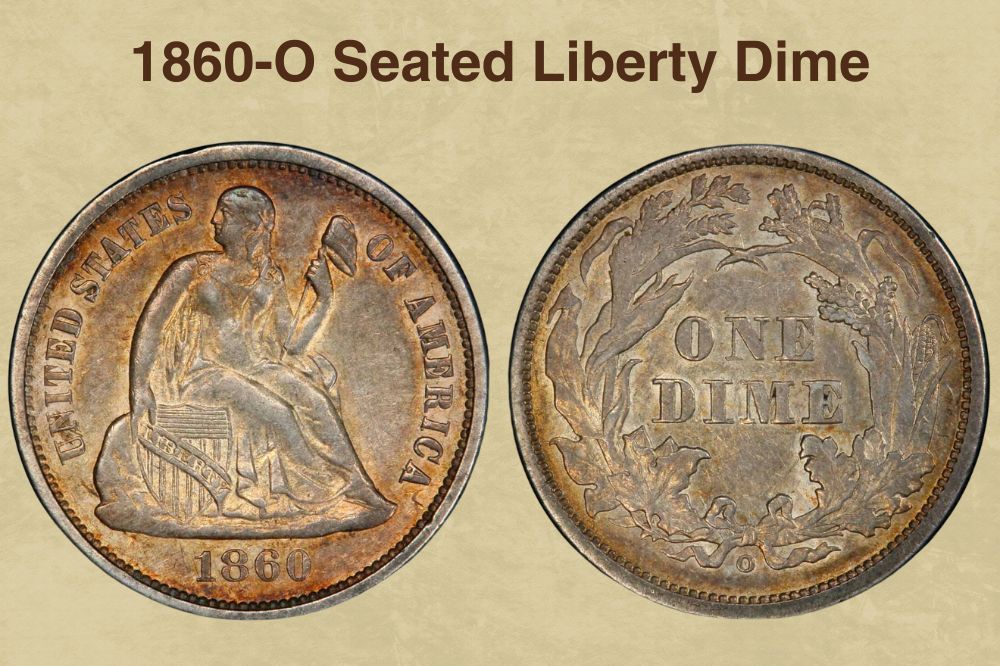
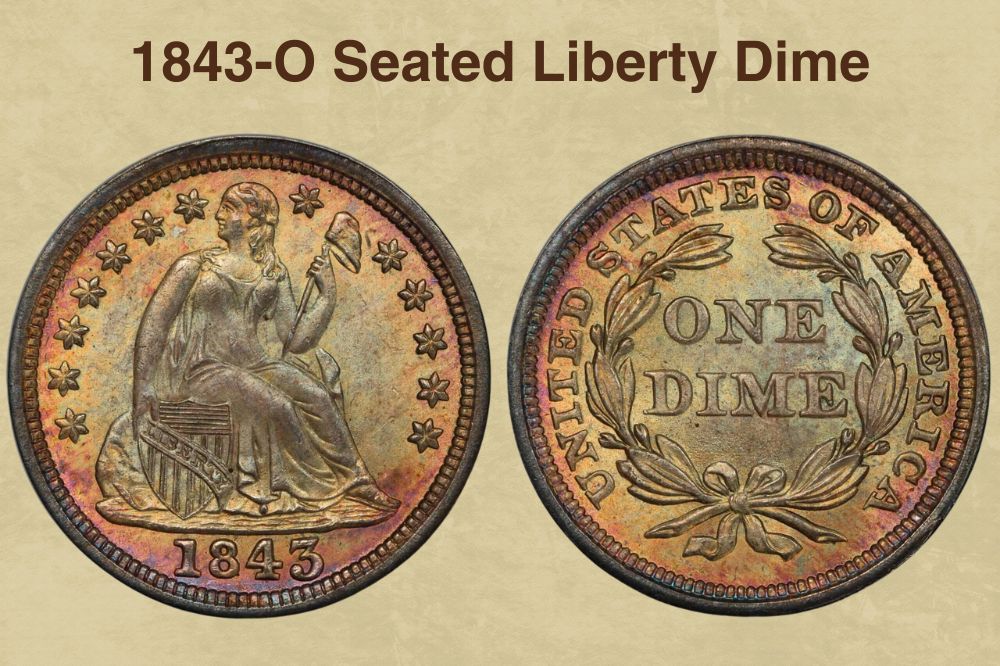
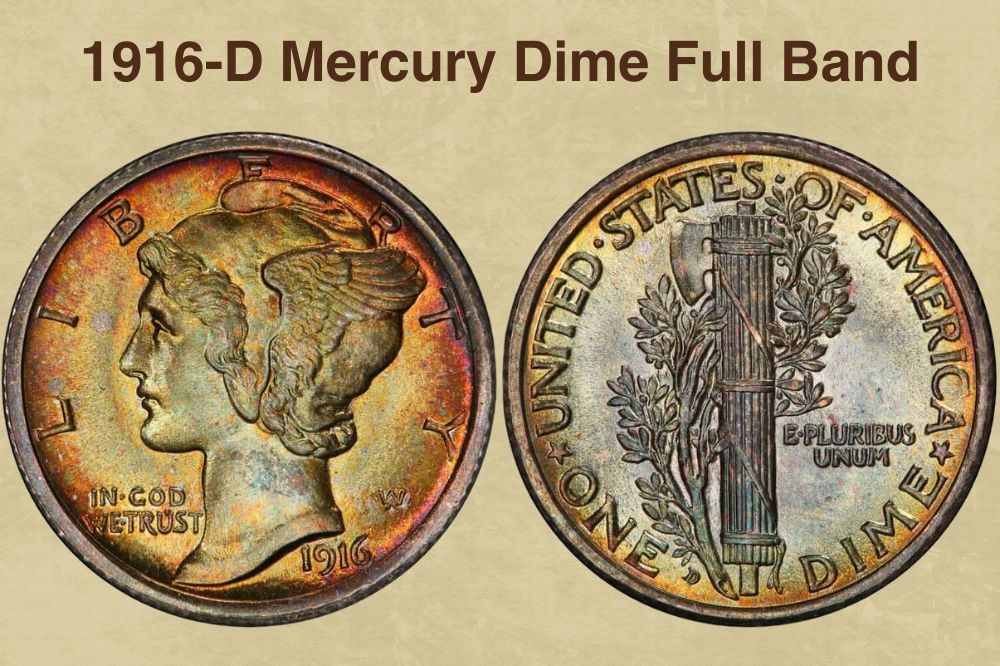
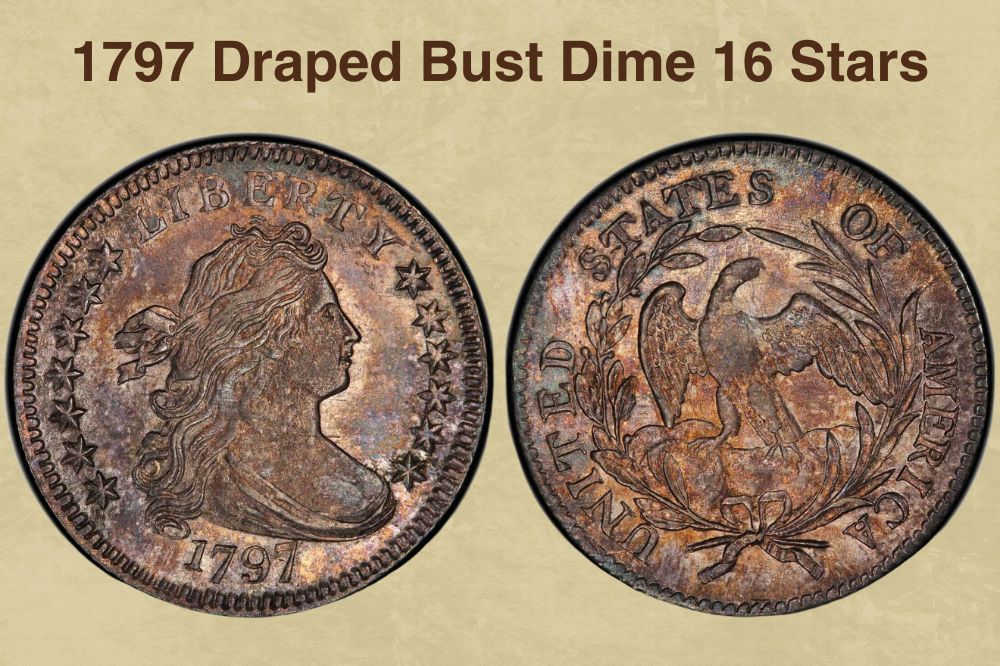
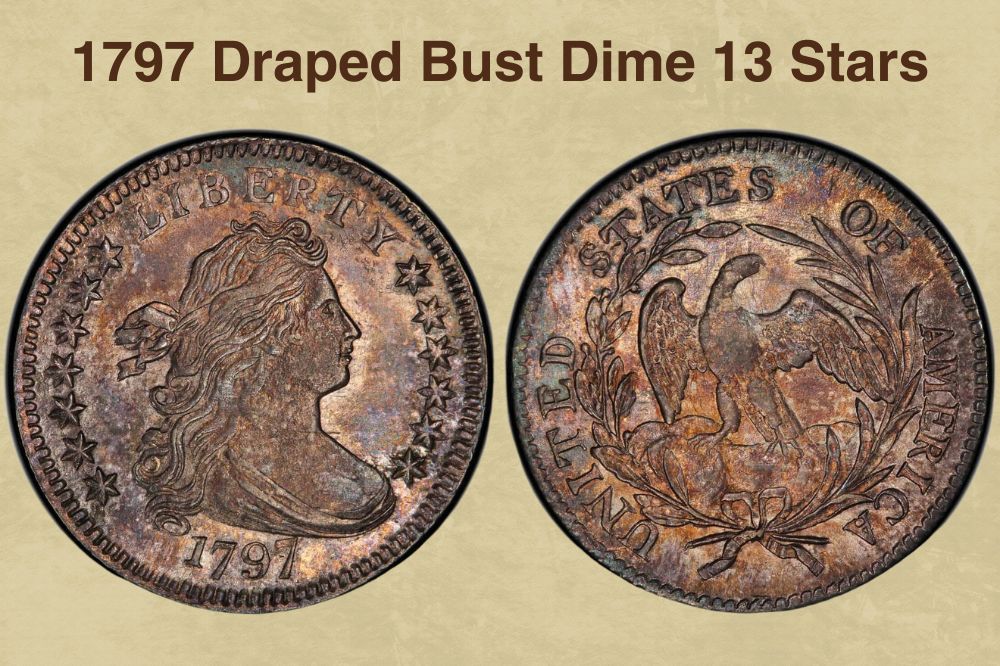
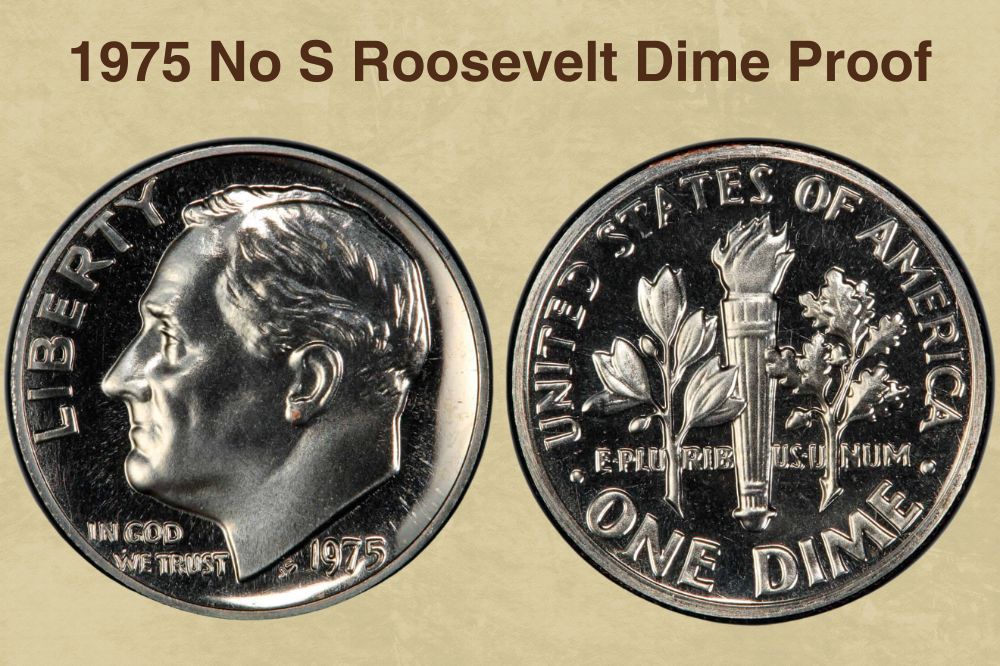
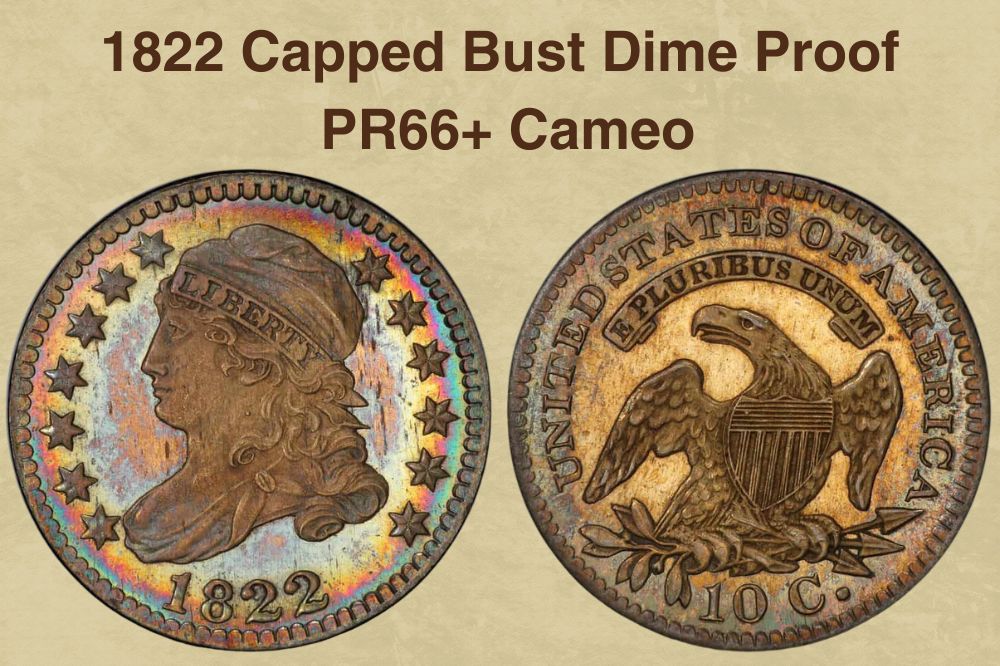
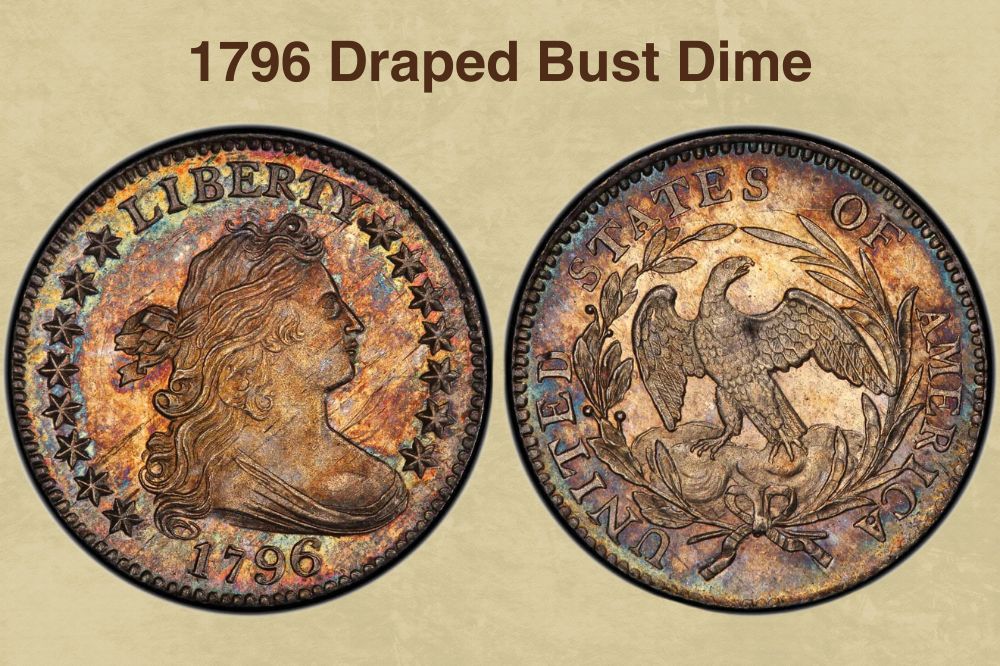
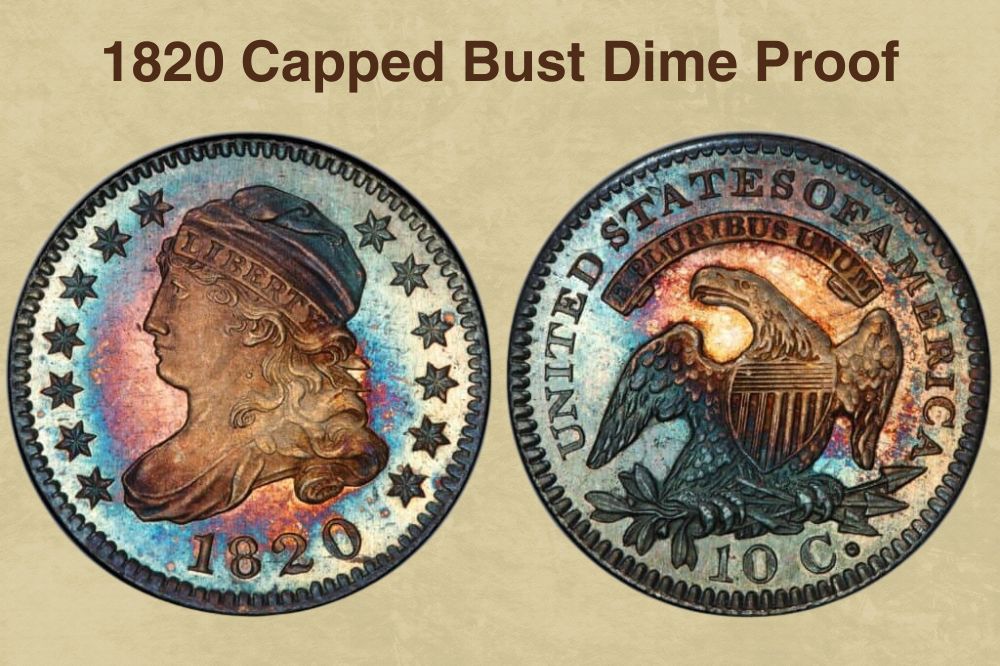
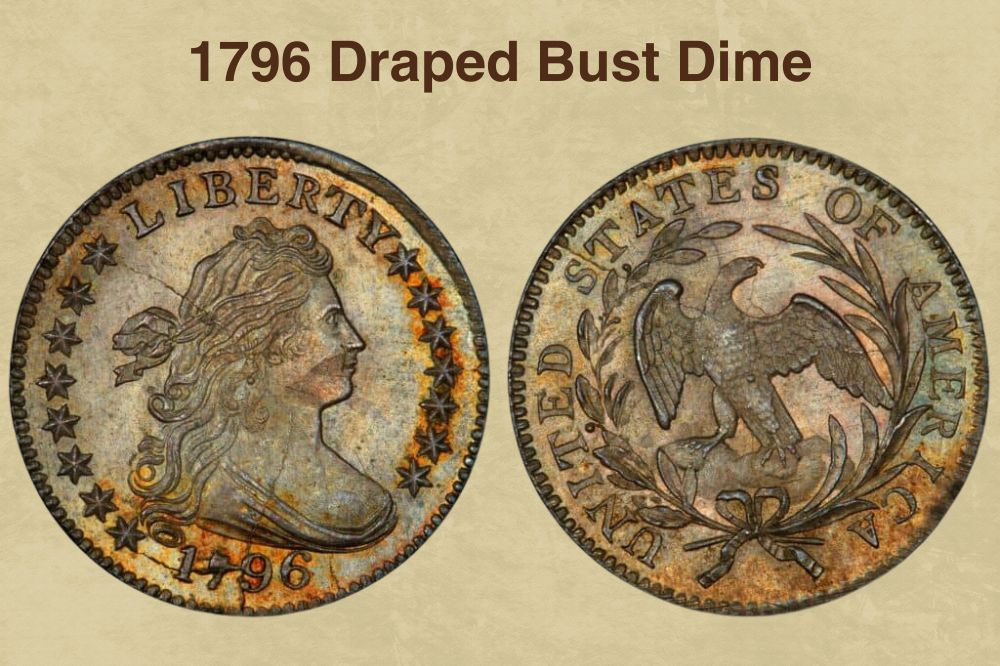
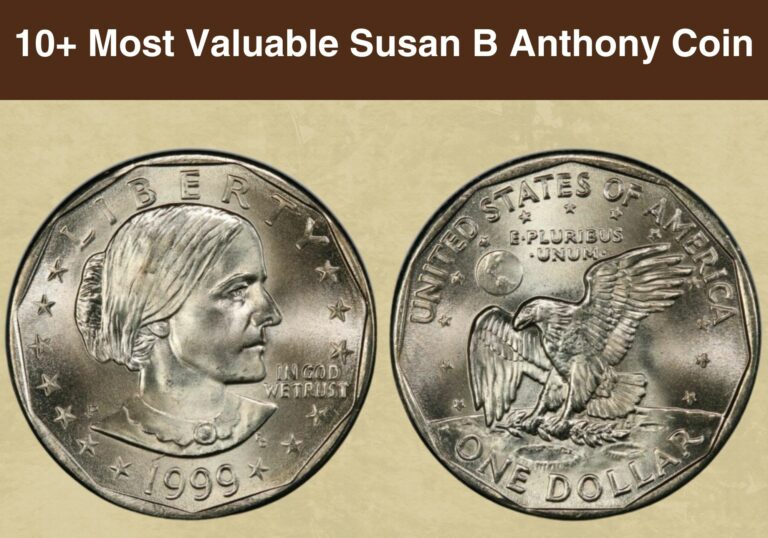
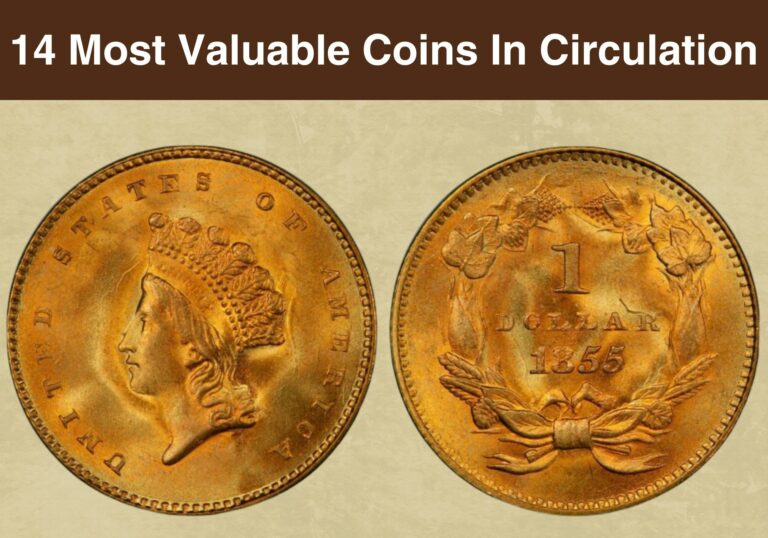
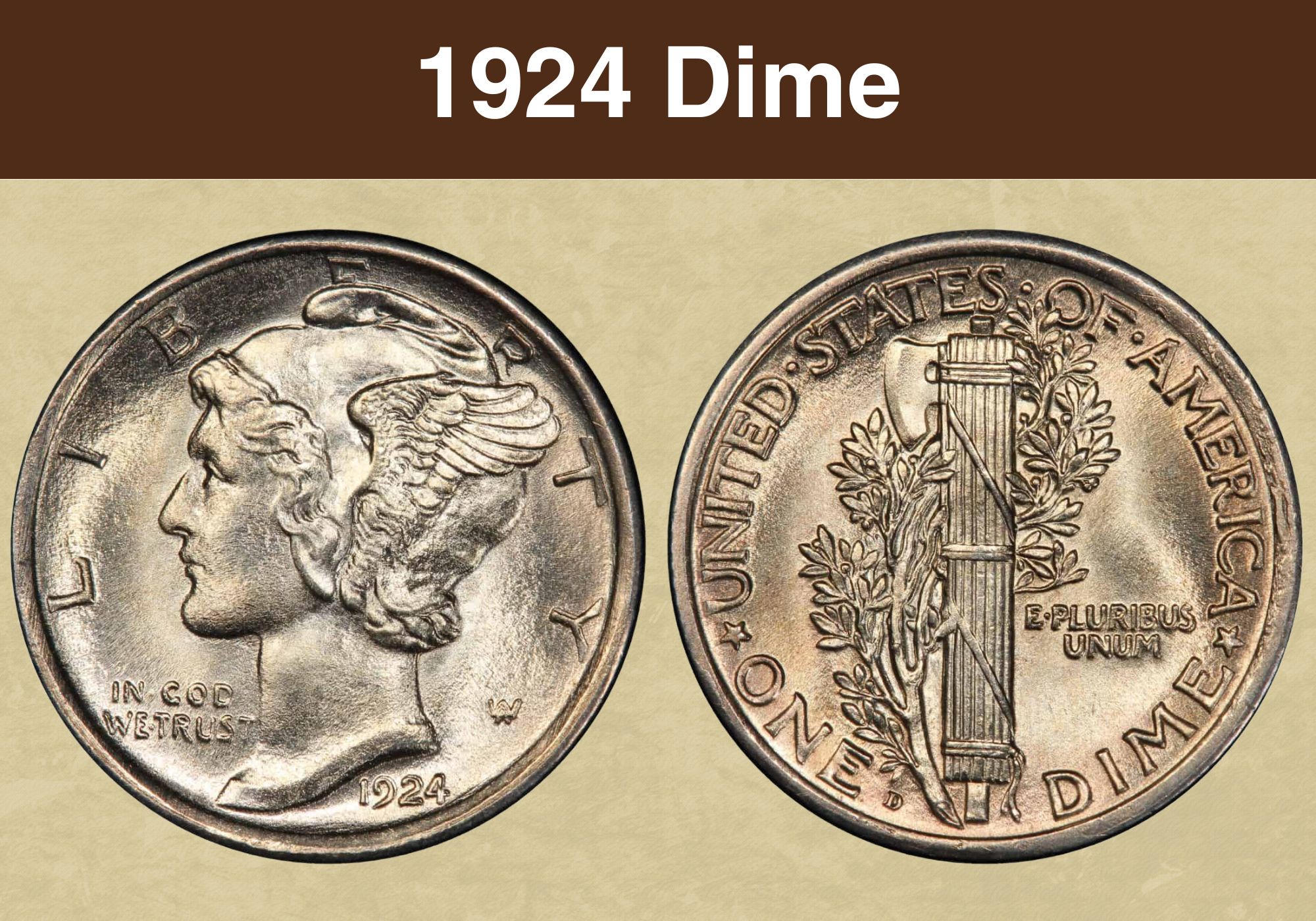
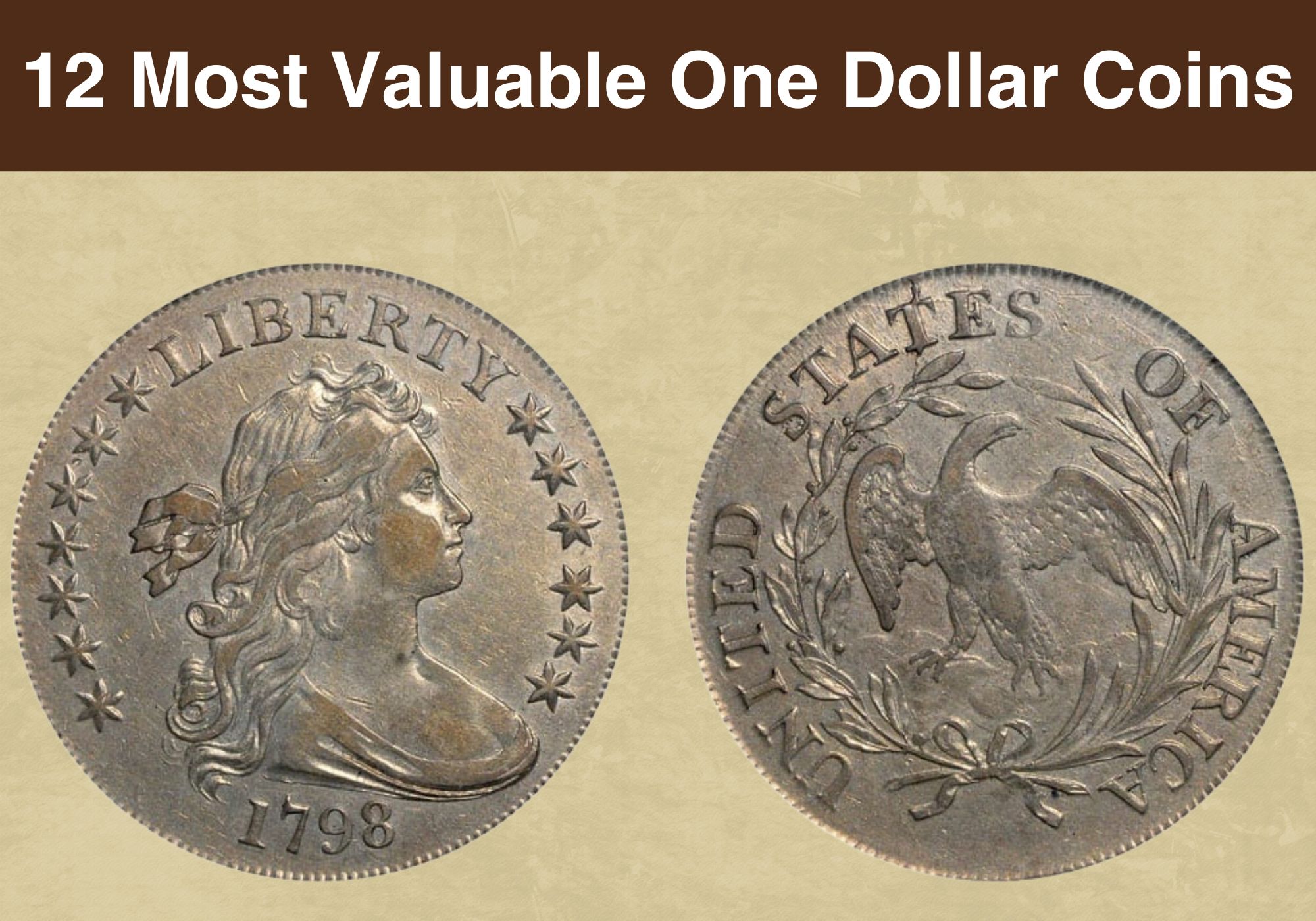
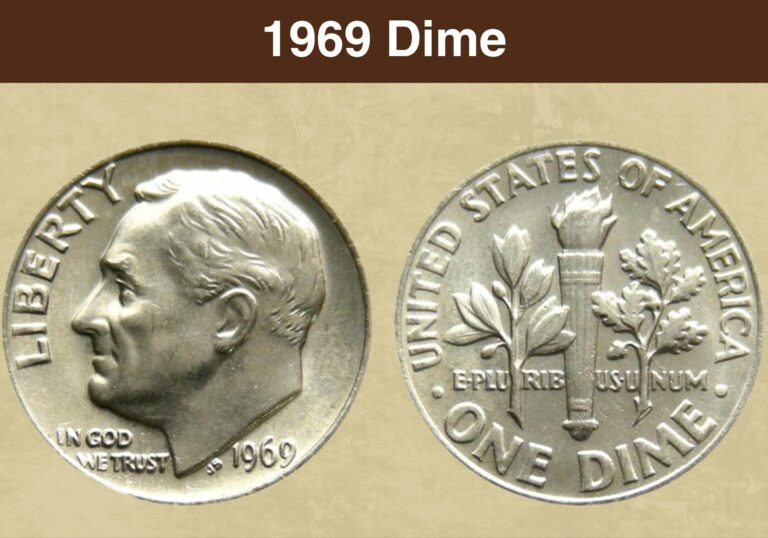
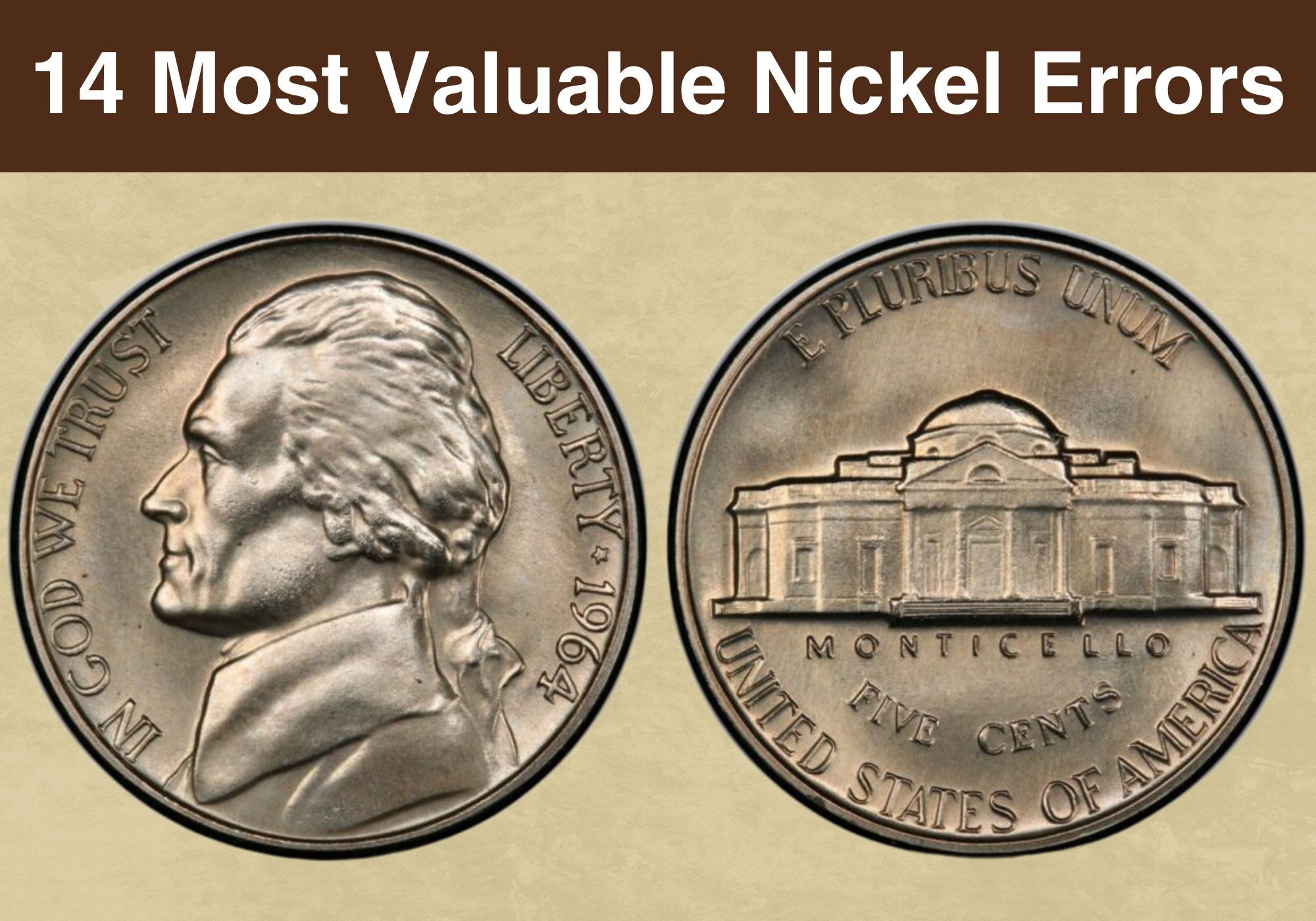
1941 Mercury dime with a W mint mark